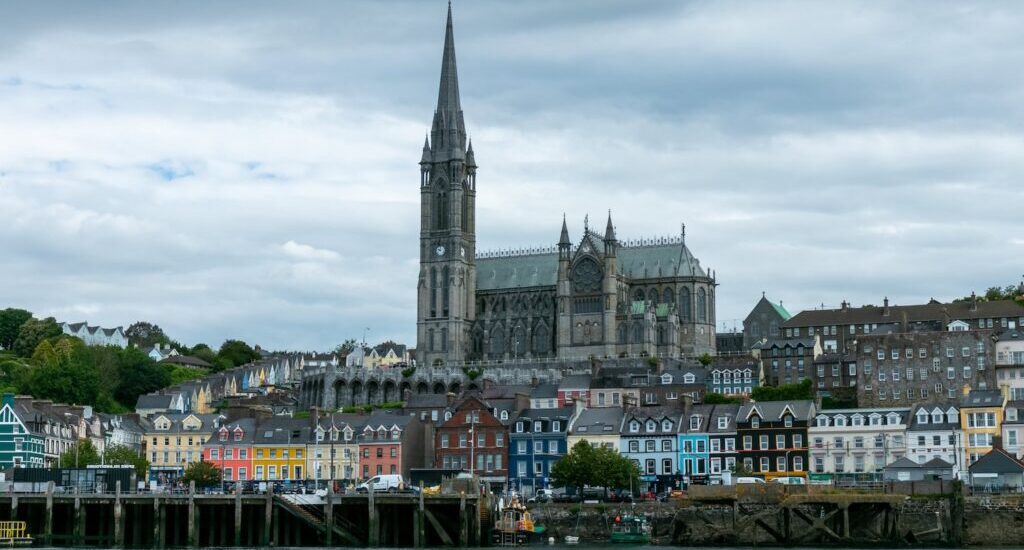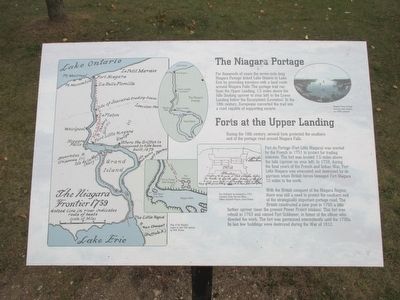Welcome to Kennedy Park, often referred to as the green heart of Cobh. As you stroll through this serene oasis, nestled amidst the picturesque surroundings of Cobh, you’re walking through a space that’s been a silent witness to the town’s vibrant history. While no specific founding date marks the beginning of Kennedy Park, its evolution is intertwined with the development of Cobh itself—a town that’s played pivotal roles in Ireland’s maritime, cultural, and historical tapestry.
Cobh, formerly known as Queenstown, was the final port of call for the tragic RMS Titanic in 1912. As you wander through Kennedy Park, imagine the bustling activity of that time, with families and friends gathering here, perhaps to bid farewell to loved ones embarking on their transatlantic voyage. The park offers more than just tranquility; it’s a living memory of the collective experiences of the people of Cobh.
One of the notable figures associated with Cobh is Éamon de Valera, a towering figure in Irish political history. While de Valera himself may not have frequented Kennedy Park, the town of Cobh, with its strategic location and cultural significance, was undoubtedly part of the broader political landscape he navigated. De Valera’s journey from a commandant during the 1916 Easter Rising to becoming the President of Ireland mirrors the resilience and transformation of places like Cobh during turbulent times.
Over the years, Kennedy Park has evolved from a simple green space to a cherished community hub. It’s a place where locals gather for events, where children play, and where visitors find a moment of peace amid their tours. The park’s design reflects the charm of Irish town parks, with well-kept lawns, vibrant flower beds, and benches inviting you to sit and soak in the natural beauty.
In the broader historical context, Kennedy Park serves as a reminder of Cobh’s rich maritime heritage. The town was a major embarkation point for millions of emigrants leaving Ireland during the Great Famine and later years, a poignant chapter in Ireland’s history that resonates with many. Today, Kennedy Park continues to be a vital part of Cobh’s identity, offering not just recreation but a tangible link to the past.
As you leave Kennedy Park, take with you the stories embedded in its soil—the echoes of farewells whispered by emigrants, the pride of a town that has weathered many storms, and the enduring spirit of a people who shaped, and continue to shape, their own destiny.



